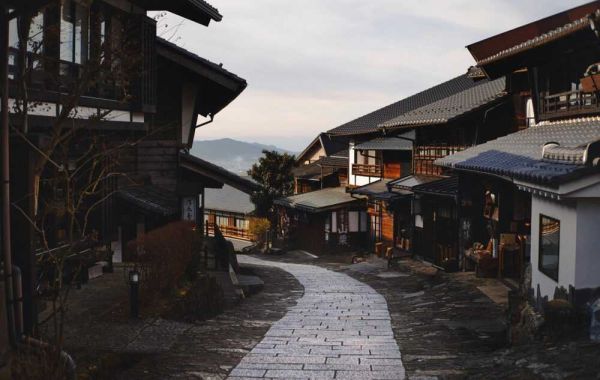Japanese architecture has always stood apart for its ability to balance simplicity with deep meaning, form with function, and tradition with innovation. Whether you're walking through a quiet Kyoto temple or observing a minimalist Tokyo home, Japanese structures communicate more than just design—they reflect a way of thinking rooted in nature, mindfulness, and impermanence.
Built for Nature, Not Against It
At the core of Japanese architecture is a deep respect for the natural world. Traditional buildings are designed to work with the environment rather than dominate it. Wooden homes, paper screens (shoji), and sliding doors (fusuma) allow for fluid transitions between interior and exterior spaces. Verandas, open-air corridors, and indoor gardens create a sense of calm continuity between the built and natural world.
Even roof designs—often steep and overhanging—are shaped by practical needs like rainfall, while visually emphasizing shelter and groundedness.
The Power of Minimalism
Long before minimalism became a trend in the West, Japan had already perfected the art of "less is more." This concept, often tied to Zen Buddhism, can be seen in both ancient tea houses and modern Japanese homes. Spaces are deliberately uncluttered. Instead of decorating every surface, Japanese design allows room for negative space—called ma—which gives everything else more meaning.
This philosophy carries through to materials: unvarnished wood, stone, rice paper, and bamboo are used in ways that highlight their natural textures. The idea isn’t to hide imperfections but to embrace them, a concept known as wabi-sabi—beauty in imperfection and impermanence.
Flexibility and Function
Traditional Japanese homes are incredibly adaptable. The use of movable walls and modular layouts means rooms can change function depending on the time of day or season. Tatami mats (straw floor coverings) are used as a measurement unit, guiding room proportions and encouraging a human-scale approach to design.
This adaptability isn't just practical—it reflects a cultural mindset that values transience and flexibility. Buildings are often rebuilt every few decades, not because they are flawed, but because age and impermanence are accepted parts of life.
Influence on Modern Architecture
Japanese architecture has had a lasting impact globally, influencing giants like Frank Lloyd Wright and modern minimalist architects such as Tadao Ando and Kengo Kuma. Ando, in particular, is known for his use of smooth concrete, open space, and interplay of light and shadow, merging modern materials with traditional Japanese spatial concepts.
Today, Japanese cities are filled with a striking blend of old and new—centuries-old shrines nestled beside cutting-edge skyscrapers. Yet even the most modern structures often retain the same core principles: simplicity, clarity, and a deep connection to nature.








